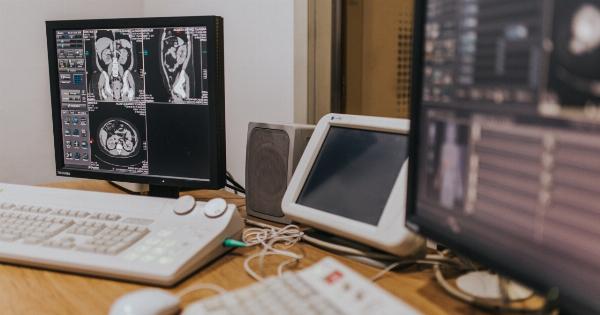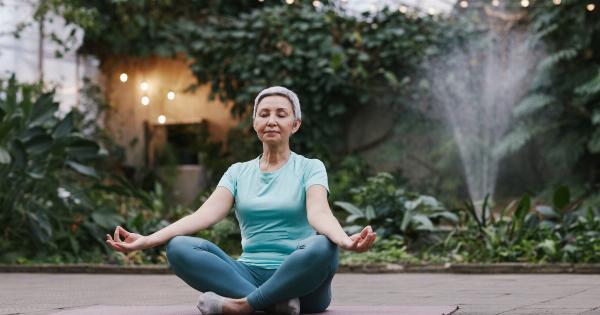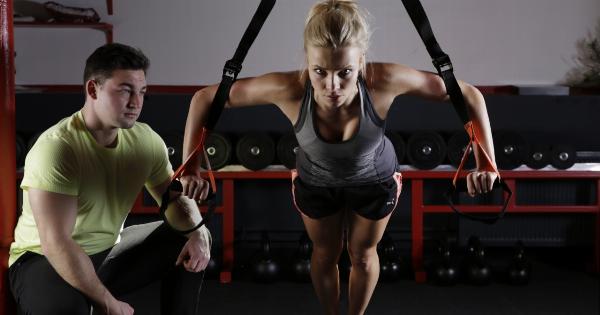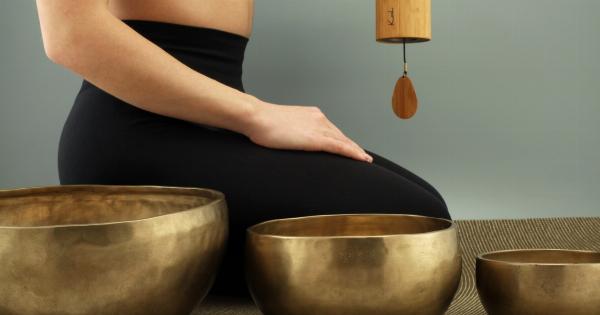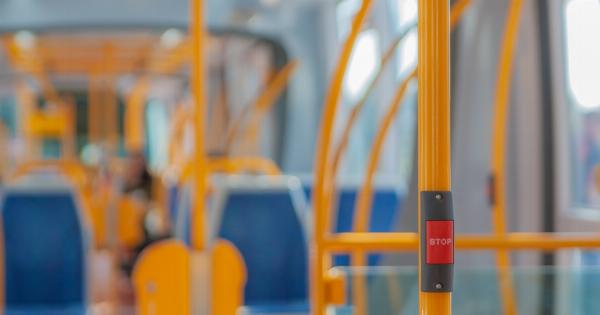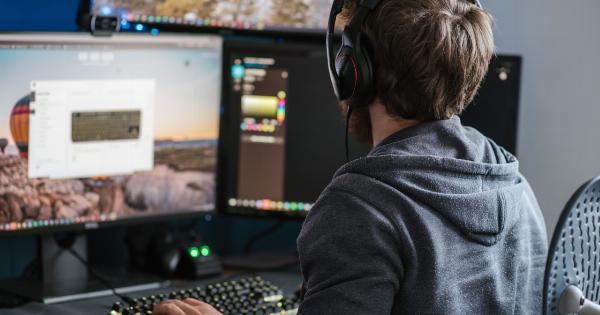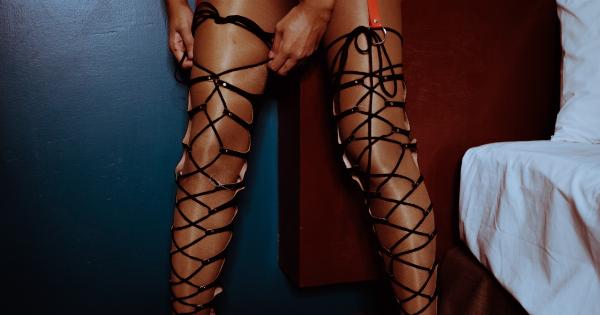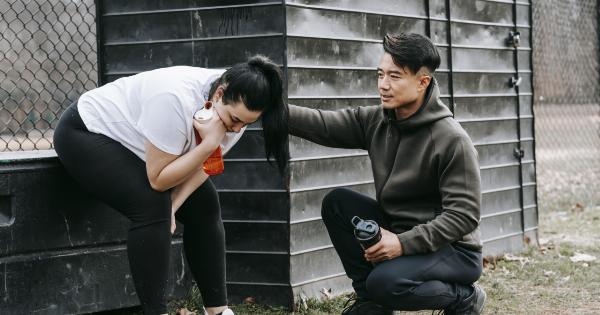Urinary incontinence is a condition in which a person loses control over their bladder, leading to accidental leakage of urine. It is a more common problem among women, especially after childbirth and menopause.
While this condition is not fatal, it can be embarrassing and can lead to a loss of self-confidence. However, there are ways to combat urinary incontinence, and in this article, we will highlight some of the most effective ones.
1. Kegel exercises
Kegel exercises are a type of exercise that involves strengthening the pelvic floor muscles, which support the bladder and bowel. These exercises can help improve bladder control and reduce the symptoms of urinary incontinence.
To perform Kegel exercises, locate the pelvic muscles by stopping urination midstream. Squeeze these muscles for 3 seconds, then release for 3 seconds. Repeat this exercise 10 times, three times a day.
2. Lifestyle changes
Eating a healthy diet, maintaining a healthy weight, and avoiding smoking can all help prevent urinary incontinence. Certain foods and drinks can irritate the bladder and increase the likelihood of incontinence, so it’s best to avoid them.
These include caffeine, alcohol, spicy foods, and acidic foods like tomatoes and citrus fruits. Drinking plenty of water can help flush out toxins from your body, and it also helps to keep your bladder healthy.
3. Bladder training
Bladder training is a behavioral therapy that can help you to regain control over your bladder. The goal of bladder training is to increase the time between visits to the bathroom, gradually extending the time between urination.
Start by recording the amount of urine you pass every day and the times you go to the toilet. Gradually work towards increasing the time between visits to the bathroom until you are visiting the toilet every 2-3 hours.
4. Medication
There are several medications that your doctor may prescribe to help manage urinary incontinence. These medications help to relax the bladder muscles or tighten the pelvic floor muscles, depending on the type of incontinence you have.
Be aware that there may be side effects to these medications, so it’s important to discuss your options with your doctor.
5. Surgery
In some cases, surgery may be necessary to correct the underlying problem that causes incontinence. There are several surgical procedures available, including bladder suspension surgery, sling procedures, and bulking agents.
Your doctor can advise you on which surgical procedure is right for you based on your individual needs and circumstances.
6. Absorbent products
If you experience occasional leakage, absorbent products such as pads, panty liners, and disposable underwear can help to manage the issue.
Make sure to choose the right product for your needs and size, as using the wrong product can be uncomfortable and actually worsen the problem.
7. Nerve stimulation
Nerve stimulation is a non-invasive treatment that involves using electrical impulses to stimulate the nerves that control the bladder. This treatment can help to improve bladder control and reduce the incidence of incontinence.
Nerve stimulation can be done in several ways, including through skin patches or a small device inserted under the skin.
8. Hypnotherapy
Hypnotherapy is another non-invasive treatment that can help to improve bladder control. Hypnotherapy uses guided relaxation techniques to help you gain more control over your bladder and reduce symptoms of incontinence.
It can be effective for reducing stress and anxiety, which can often make incontinence symptoms worse.
9. Acupuncture
Acupuncture is an ancient Chinese therapy that involves placing tiny needles into specific points on the body. Acupuncture can help to improve bladder control by stimulating the nerves that control the bladder.
It can also help to reduce stress and anxiety, which can often worsen the symptoms of incontinence.
10. Biofeedback
Biofeedback is a type of therapy that involves using sensors to monitor bodily functions such as muscle activity, heart rate, and blood pressure.
Biofeedback can help you to gain more insight into your body and learn to control your bodily functions better. This therapy can be effective for reducing the symptoms of incontinence by teaching you how to control your pelvic muscles better.
Conclusion
If you suffer from urinary incontinence, you don’t need to just suffer in silence. There are many effective treatments and strategies available to help manage the symptoms of incontinence.
By identifying your specific needs and working with your doctor, you can find the right treatment to regain control over your bladder and restore your confidence and quality of life.


